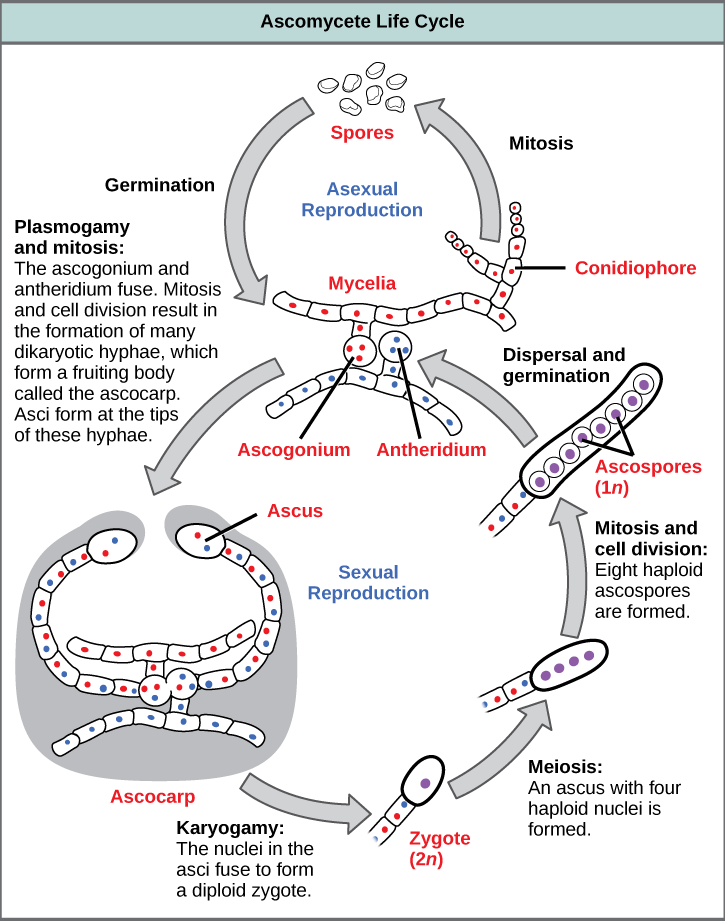|
Spathulosporaceae
Spathulosporaceae is a family of fungi in the order Spathulosporales and Hypocreomycetidae HypocreomycetidaeEriksson OE, Winka W (1997) Supraordinal taxa of Ascomycota. ''Myconet.'' 1:1-16. is a subclass of sac fungi. Orders * Coronophorales * Glomerellales * Halospheriales * Hypocreales * Melanosporales * Microascales * ''Incert ... subclass. References External links * Ascomycota families {{Sordariomycetes-stub ... [...More Info...] [...Related Items...] OR: [Wikipedia] [Google] [Baidu] |
Retrostium
''Retrostium'' is a fungal genus in the division Ascomycota. This is a monotypic genus, containing the single species ''Retrostium amphiroae'', described as new to science from Japan in 1997. Species Fungorum ''Index Fungorum'' is an international project to index all formal names ( scientific names) in the fungus kingdom. the project is based at the Royal Botanic Gardens, Kew, one of three partners along with Landcare Research and the Institute of ... places it within the family ''Spathulosporaceae'', which would place it with the ''Spathulosporales'' Order. References Fungi of Japan Monotypic Ascomycota genera Sordariomycetes Fungus species {{Ascomycota-stub ... [...More Info...] [...Related Items...] OR: [Wikipedia] [Google] [Baidu] |
Fungus
A fungus (plural, : fungi or funguses) is any member of the group of Eukaryote, eukaryotic organisms that includes microorganisms such as yeasts and Mold (fungus), molds, as well as the more familiar mushrooms. These organisms are classified as a Kingdom (biology), kingdom, separately from the other eukaryotic kingdoms, which by one traditional classification include Plantae, Animalia, Protozoa, and Chromista. A characteristic that places fungi in a different kingdom from plants, bacteria, and some protists is chitin in their cell walls. Fungi, like animals, are heterotrophs; they acquire their food by absorbing dissolved molecules, typically by secreting digestive enzymes into their environment. Fungi do not photosynthesize. Growth is their means of motility, mobility, except for spores (a few of which are flagellated), which may travel through the air or water. Fungi are the principal decomposers in ecological systems. These and other differences place fungi in a single gro ... [...More Info...] [...Related Items...] OR: [Wikipedia] [Google] [Baidu] |
Ascomycota
Ascomycota is a phylum of the kingdom Fungi that, together with the Basidiomycota, forms the subkingdom Dikarya. Its members are commonly known as the sac fungi or ascomycetes. It is the largest phylum of Fungi, with over 64,000 species. The defining feature of this fungal group is the " ascus" (), a microscopic sexual structure in which nonmotile spores, called ascospores, are formed. However, some species of the Ascomycota are asexual, meaning that they do not have a sexual cycle and thus do not form asci or ascospores. Familiar examples of sac fungi include morels, truffles, brewers' and bakers' yeast, dead man's fingers, and cup fungi. The fungal symbionts in the majority of lichens (loosely termed "ascolichens") such as '' Cladonia'' belong to the Ascomycota. Ascomycota is a monophyletic group (it contains all descendants of one common ancestor). Previously placed in the Deuteromycota along with asexual species from other fungal taxa, asexual (or anamorphic) ascom ... [...More Info...] [...Related Items...] OR: [Wikipedia] [Google] [Baidu] |
Sordariomycetes
Sordariomycetes is a class of fungi in the subdivision Pezizomycotina (Ascomycota), consisting of 28 orders, 90 families, 1344 genera. Sordariomycetes is from the Latin sordes (filth) because some species grow in animal feces, though growth habits vary widely across the class. Sordariomycetes generally produce their asci in perithecial fruiting bodies. Sordariomycetes are also known as Pyrenomycetes, from the Greek πυρἠν - 'the stone of a fruit' - because of the usually somewhat tough texture of their tissue. Sordariomycetes possess great variability in morphology, growth form, and habitat. Most have perithecial (flask-shaped) fruiting bodies, but ascomata can be less frequently cleistothecial (like in the genera '' Anixiella'', ''Apodus'', ''Boothiella'', ''Thielavia'', ''Zopfiella''),. Fruiting bodies may be solitary or gregarious, superficial, or immersed within stromata or tissues of the substrates and can be light to bright or black. Members of this group can grow in ... [...More Info...] [...Related Items...] OR: [Wikipedia] [Google] [Baidu] |
Jan Justus Kohlmeyer
Jan, JaN or JAN may refer to: Acronyms * Jackson, Mississippi (Amtrak station), US, Amtrak station code JAN * Jackson-Evers International Airport, Mississippi, US, IATA code * Jabhat al-Nusra (JaN), a Syrian militant group * Japanese Article Number, a barcode standard compatible with EAN * Japanese Accepted Name, a Japanese nonproprietary drug name * Job Accommodation Network, US, for people with disabilities * '' Joint Army-Navy'', US standards for electronic color codes, etc. * ''Journal of Advanced Nursing'' Personal name * Jan (name), male variant of ''John'', female shortened form of ''Janet'' and ''Janice'' * Jan (Persian name), Persian word meaning 'life', 'soul', 'dear'; also used as a name * Ran (surname), romanized from Mandarin as Jan in Wade–Giles * Ján, Slovak name Other uses * January, as an abbreviation for the first month of the year in the Gregorian calendar * Jan (cards), a term in some card games when a player loses without taking any tricks or scoring a mi ... [...More Info...] [...Related Items...] OR: [Wikipedia] [Google] [Baidu] |
Hypocreomycetidae
HypocreomycetidaeEriksson OE, Winka W (1997) Supraordinal taxa of Ascomycota. ''Myconet.'' 1:1-16. is a subclass of sac fungi. Orders * Coronophorales * Glomerellales * Halospheriales * Hypocreales * Melanosporales * Microascales * ''Incertae sedis ' () or ''problematica'' is a term used for a taxonomic group where its broader relationships are unknown or undefined. Alternatively, such groups are frequently referred to as "enigmatic taxa". In the system of open nomenclature, uncertain ...'' genera: ** '' Ascocodinaea'' ** '' Conioscypha'' ** '' Conioscyphascus'' ** '' Etheirophora'' ** '' Porosphaerellopsis'' References Sordariomycetes Fungus subclasses Taxa described in 1997 {{Sordariomycetes-stub ... [...More Info...] [...Related Items...] OR: [Wikipedia] [Google] [Baidu] |

